Biography
Sayles was born in Waukesha, Wisconsin to Wayne F. and Betty J. Sayles. He attended Horicon High School, and upon graduation in 1961 enlisted in the U.S. Air Force. His time in the Air Force included training in Communications-Electronics Maintenance at Keesler AFB, MS, and station assignments in Gander, Newfoundland; Fort Bragg, NC; McCoy AFB, FL; San Isidro AB, Dominican Republic; Incirlik AB, Turkey and McClellan AFB, CA. In 1972 he was commissioned as an officer, following completion (with honors) of Officer's Training School. Following assignments included Commander, 2081st Comm Sq. Goodfellow AFB, TX; Maintenance Control Officer, 2140th Comm Group, Athens, Greece; Commander, Detachment 15, 2140th Comm Gp., Levkas, Greece; Advisor, Air National Guard and USAF Reserve, seven north central states; Team Chief, Air Force Communications Command Inspector General, Scott AFB, IL.
His interest in coins of Cilicia was born during his tour of duty in Turkey.
In 1986 Wayne founded the monthly journal The Celator, which specialized in ancient and medieval coins.
In 2004 he founded the Ancient Coin Collectors Guild (ACCG) an advocacy group for private collectors of Ancient Coins.
Organizational affiliations
Ancient Coin Collectors Guild – Founder, 416th Bomb Group Archive – Founder, 416th Bomb Group Veterans Association – Honorary veteran and Command Pilot, Military Officers Association of America – Life Member 9th Air Force Association – Life Member, Air Force Communicators and Air Traffic Controllers Association – Life Member, American Numismatic Society – Life Fellow, Royal Numismatic Society (London) – Fellow, Hellenic Numismatic Society (Athens) – Life Member, American Israel Numismatic Society – Life Member, Ozark County Genealogical and Historical Society – Life Member, American Numismatic Association – Member, Numismatic Literary Guild – Member, Krause Numismatic Ambassadors – Member, Gainesville Missouri Lions Club – board of directors

Coin collecting is the collecting of coins or other forms of minted legal tender.

Numismatics is the study or collection of currency, including coins, tokens, paper money, medals and related objects.
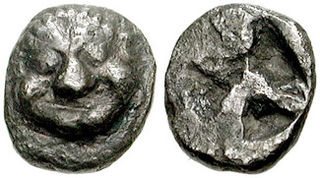
The obol was a form of ancient Greek currency and weight.
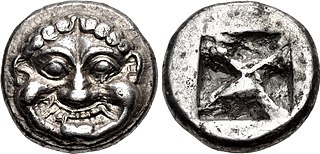
The history of ancient Greek coinage can be divided into four periods: the Archaic, the Classical, the Hellenistic and the Roman. The Archaic period extends from the introduction of coinage to the Greek world during the 7th century BC until the Persian Wars in about 480 BC. The Classical period then began, and lasted until the conquests of Alexander the Great in about 330 BC, which began the Hellenistic period, extending until the Roman absorption of the Greek world in the 1st century BC. The Greek cities continued to produce their own coins for several more centuries under Roman rule. The coins produced during this period are called Roman provincial coins or Greek Imperial Coins.

The American Numismatic Association (ANA) is an organization founded in 1891 by George Francis Heath. Located in Colorado Springs, Colorado, it was formed to advance the knowledge of numismatics along educational, historical, and scientific lines, as well as to enhance interest in the hobby.
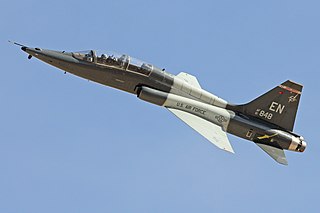
Sheppard Air Force Base is a United States Air Force (USAF) base located five miles (8.0 km) north of the central business district of Wichita Falls, in Wichita County, Texas, United States. It is the largest training base and most diversified in Air Education and Training Command. The base is named in honor of Texas Senator John Morris Sheppard, a supporter of military preparations before World War II.
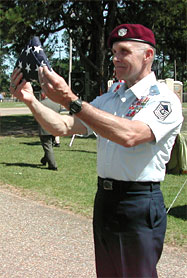
Chief Master Sergeant Wayne Fisk was directly involved in the famed Son Tay POW camp raid and the rescue of the crew of the SS Mayagüez. When the Mayagüez was hijacked by Cambodian Communist forces in May 1975, Fisk was a member of the assault force that successfully recovered the ship and the entrapped United States Marines. For his actions, he was presented with his second Silver Star.

The American Numismatic Society (ANS) is a New York City-based organization dedicated to the study of coins, money, medals, tokens, and related objects. Founded in 1858, it is the only American museum devoted exclusively to their preservation and study. Its collection encompasses nearly one million items, including medals and paper money, as well as the world's most comprehensive library of numismatic literature. The current President of the Society, Dr. Ute Wartenberg, served as the Executive Director for two decades and was succeeded in this role by Dr. Gilles Bransbourg.

Coin World is an American numismatic magazine, with weekly and monthly issues. It is among the world’s most popular non-academic publications for coin collectors and is covering the entire numismatic field, including coins, paper money, medals and tokens.
Russell Alphonse Rulau was an American numismatist. He was involved in coin collecting for over 60 years. From his earliest days as a casual collector, Rulau contributed to numismatics as a writer, editor and club organizer. His interest in world coins led him to create the "Coin of the Year" award. The award is presented annually by Krause Publications' World Coin News. Rulau coined the term "exonumia" in 1960.
The Celator was a monthly magazine covering ancient coins and the ancient coin market. It was founded in 1987 by coin dealer Wayne Sayles in a newsprint format. The Celator was then edited and published by Kerry Wetterstrom in magazine format. From 1988 to 1995 a yearly Best of The Celator was printed. The magazine was based in Lancaster, Pennsylvania.
The procuratorial coinage of Roman Judaea was minted by the prefects and procurators of the province between AD 6 and 66 in only one denomination and size, the bronze prutah.
David Bruce Hendin is an expert American numismatist specializing in ancient Jewish and Biblical coins and their archaeology. Throughout his career, Hendin has also been known as a medical journalist, newspaper columnist, publishing executive, literary agent, and author. Some of Hendin's books include Death as a Fact of Life and the reference Guide to Biblical Coins.
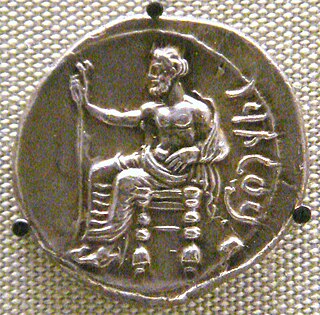
Baaltars was the tutelary deity of the city of Tarsus in the Persian Empire. His depiction appears on coins of the Persian governors (satraps) of Cilicia at Tarsus before the conquests of Alexander the Great, in the 5th and 4th century BCE, such as Datames, Pharnabazes, and Mazaios, and also on coins of the early Seleucid Empire. The equivalent of Baaltars for the Greeks was Zeus.
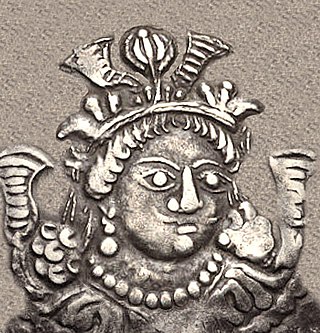
Kidara I fl. 350-390 CE) was the first major ruler of the Kidarite Kingdom, which replaced the Indo-Sasanians in northwestern India, in the areas of Kushanshahr, Gandhara, Kashmir and Punjab.

Greek coinage of Italy and Sicily originated from local Italiotes and Siceliotes who formed numerous city states. These Hellenistic communities descended from Greek migrants. Southern Italy was so thoroughly hellenized that it was known as the Magna Graecia. Each of the polities struck their own coinage.
Numismatic associations bring together groups of numismatists. They may be commercial, hobby or professional. Membership is sometimes by election.
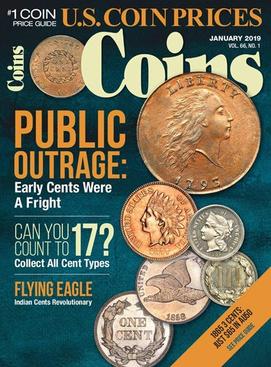
Coins is an American monthly numismatic publication.
Chester Lee Krause was an American author, numismatist, and businessman best known as the founder of Krause Publications in the 1950s.

Clifford Leslie Mishler is an American author and numismatist. He has served as president of the American Numismatic Association.













